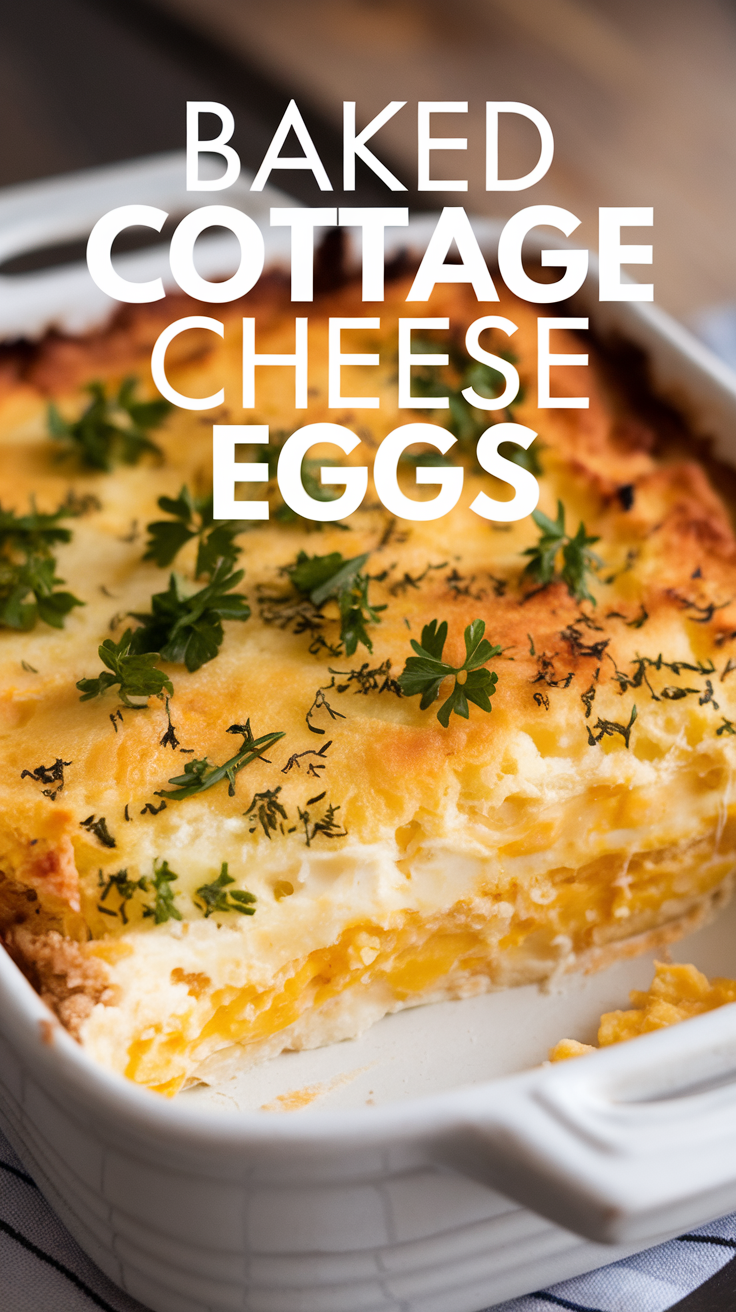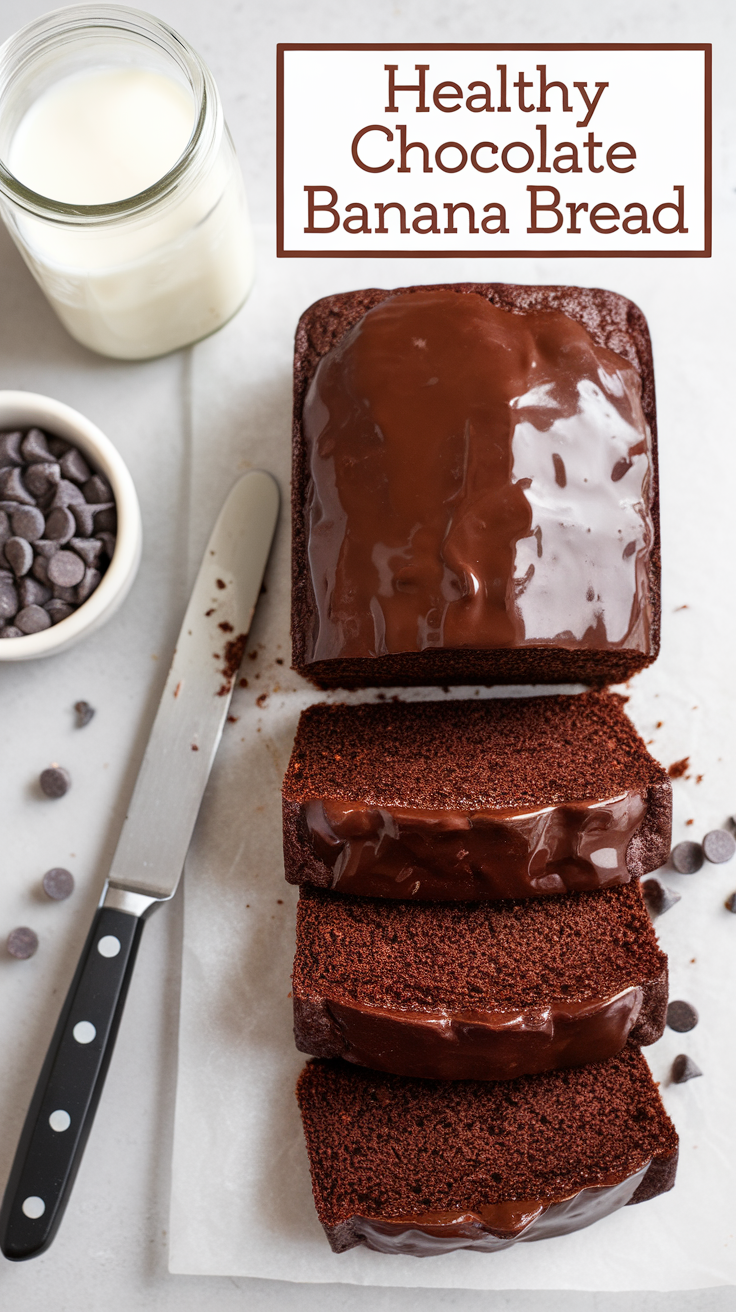Croissants are a beloved pastry enjoyed around the world for their delicate, flaky layers and buttery flavor. Whether enjoyed on their own or used to create delicious sandwiches, croissants are a versatile treat that can elevate any meal. Making homemade croissants might seem daunting, but with the right recipe and a bit of patience, you can master the art of creating these flaky delights in your own kitchen. This guide will walk you through an easy croissant recipe, tips for success, and some variations, including a large croissant recipe and how to make croissants for sandwiches.
The Beauty of Homemade Croissants for Sandwiches
Homemade croissants can be an excellent choice for making sandwiches. Their slightly sweet, buttery taste and flaky texture are perfect for holding various fillings, from classic ham and cheese to creative combinations like smoked salmon and dill or grilled vegetables with hummus. The layers of a croissant provide a delicate crunch on the outside while remaining soft and airy inside, making each bite an indulgent experience.
Homemade croissants for sandwiches are not only a treat but also add a personal touch to your meals. You can choose to bake them in different sizes to suit your sandwich needs, from small croissant rolls to larger croissants that are perfect for a hearty, gourmet sandwich.
Easy Croissant Recipe Homemade: Step-by-Step
Making homemade croissants requires some attention to detail, but with a bit of practice, it becomes easier. Here is a step-by-step guide for an easy homemade croissant recipe that you can try today.

Ingredientes:
- 4 cups all-purpose flour
- 1/2 cup cold water
- 1/2 cup whole milk
- 1/4 de taza de azúcar granulada
- 2 teaspoons salt
- 1 tablespoon instant yeast
- 1 1/4 cups unsalted butter, cold and cut into slices
- 1 egg (for egg wash)
Instrucciones:
- Prepare the Dough: In a large mixing bowl, combine the flour, sugar, and salt. In a separate bowl, mix the yeast with warm milk and water. Allow it to sit for about 5 minutes until frothy. Add the yeast mixture to the dry ingredients and stir to form a dough.
- Knead the Dough: Transfer the dough to a lightly floured surface and knead for about 5-7 minutes until smooth and elastic. If the dough feels too sticky, add a small amount of flour, but be careful not to overdo it.
- First Rest: Form the dough into a ball and place it in a lightly greased bowl. Cover with plastic wrap and let it rest in the refrigerator for about 30 minutes.
- Roll the Dough: After the dough has rested, roll it out into a large rectangle about 1/4 inch thick. This step is crucial for creating those signature croissant layers.
- Add the Butter: Lay the cold butter slices over the dough, leaving about 1/2 inch of space on all sides. Fold the dough over the butter to encase it fully. Press the edges to seal the butter inside.
- Laminate the Dough: This step involves folding the dough to create layers. First, roll the dough into a long rectangle. Then, fold it into thirds, like folding a letter. Refrigerate the dough for 30 minutes, then repeat the rolling and folding process two more times. This lamination process creates the flaky texture we all love in croissants.
- Shape the Croissants: Once the dough has been laminated, roll it out into a final rectangle. Cut the dough into triangles, and then carefully roll each triangle into a croissant shape, starting from the wide end.
- Second Rest: Place the shaped croissants on a baking sheet lined with parchment paper. Cover with a clean towel and let them rise for 1-2 hours or until doubled in size.
- Egg Wash and Bake: Preheat your oven to 400°F (200°C). Brush the croissants with a beaten egg for a golden, shiny finish. Bake the croissants for 15-20 minutes or until they are golden brown and puffed up. Allow them to cool slightly before serving.

Enjoying Your Croissants
These homemade croissants are perfect on their own or for making sandwiches. To enjoy them as a sandwich, simply slice them in half and add your favorite fillings. The buttery texture of the croissants will complement both sweet and savory options beautifully.
DIY Croissants Recipes: Customizing Your Croissants
While the classic croissant recipe is already delicious, you can customize it to suit your tastes. For example, you can add chocolate chips to the dough to make chocolate croissants, or fill them with almond paste for an almond croissant variation. You could also experiment with savory ingredients such as cheese or herbs, folding them into the dough for a unique twist.
Here are some ideas for DIY croissants recipes:
- Chocolate Croissants: Before rolling the dough, spread a thin layer of chocolate hazelnut spread or insert pieces of dark chocolate in the center of each triangle.
- Almond Croissants: Roll almond paste into the center of the dough before shaping the croissants. After baking, drizzle with powdered sugar for an extra touch of sweetness.
- Cheese Croissants: Add your favorite cheese, such as Gruyère or cheddar, into the center of the croissants before rolling them up.
- Herb Croissants: Add finely chopped fresh herbs, such as rosemary or thyme, to the dough before rolling it out to give your croissants a fragrant, savory flavor.

Large Croissant Recipe for Bigger Bakes
If you’re hosting a brunch or need croissants in larger quantities, a large croissant recipe can come in handy. This recipe follows the same process but uses a larger batch of dough, perfect for baking larger croissants that can be sliced into sandwiches or served as a centerpiece.
Ingredients for a Larger Batch:
- 6 cups all-purpose flour
- 1 taza de leche entera
- 3/4 cup cold water
- 1/2 cup sugar
- 2 teaspoons salt
- 1 1/2 tablespoons instant yeast
- 2 cups unsalted butter (cold and sliced)
- 2 eggs for egg wash
Instructions for a Large Batch:
- Mix the Dough: Combine the flour, sugar, and salt in a large bowl. Mix the yeast with the milk and water, then add the yeast mixture to the dry ingredients. Knead to form a dough and let it rest.
- Roll and Laminate: Roll the dough into a large rectangle, then place the butter on top, folding the dough around it. Roll the dough out into a larger sheet, and repeat the folding process three times.
- Shape Large Croissants: Roll the dough into a large rectangle and cut it into large triangles. Roll each triangle tightly to form large croissants.
- Rise and Bake: Allow the croissants to rise before baking as mentioned in the previous recipe. Bake at 375°F (190°C) for 20-25 minutes or until golden brown.
How to Make Croissant Rolls: A Simple Twist on the Classic
For those who prefer a quicker, easier version of croissants, croissant rolls are a great alternative. These rolls retain the buttery flavor and flakiness of the traditional croissant but are often simpler to make.
To create croissant rolls, simply follow the steps for the dough and lamination. Instead of rolling the dough into large croissants, cut the dough into small squares or rectangles and roll them up into tight rolls. Bake them at the same temperature as traditional croissants, and you’ll enjoy light, flaky rolls that can be served as a side or used to make mini sandwiches.
How to Make Croissants: Troubleshooting Tips
Making croissants can sometimes be tricky, but don’t worry – it’s all part of the learning process. Here are a few tips to help you get perfect croissants every time:
- Cold Butter is Key: Make sure the butter is cold when you’re incorporating it into the dough. Warm butter can cause the layers to collapse and prevent the dough from puffing up properly.
- No Omita el Tiempo de Reposo: Resting the dough between folds and before shaping is essential for developing the layers. Don’t rush this step.
- Keep the Dough Well-Floured: The dough should be slightly tacky, but if it’s too sticky, it will be difficult to work with. Use just enough flour to prevent sticking.
- Proper Proofing: Make sure your croissants rise sufficiently before baking. If they’re under-proofed, they won’t puff up in the oven.
- Baking Time and Temperature: Keep an eye on the croissants while they’re baking. If they’re browning too quickly, reduce the temperature slightly. For the best results, bake until they’re golden brown and crispy.
Conclusion: A Rewarding Homemade Croissant Experience
Making homemade croissants can be a fun and rewarding experience. The process might take time, but the result is a batch of freshly baked croissants with layers of buttery perfection. Whether you’re using an easy croissant recipe homemade, making large croissants for sandwiches, or trying your hand at DIY croissants with creative fillings, the possibilities are endless.
By following this guide, you can create homemade croissants that rival those from your favorite bakery. With patience, practice, and the right techniques, you’ll be able to enjoy these flaky delights at home any time you desire.


